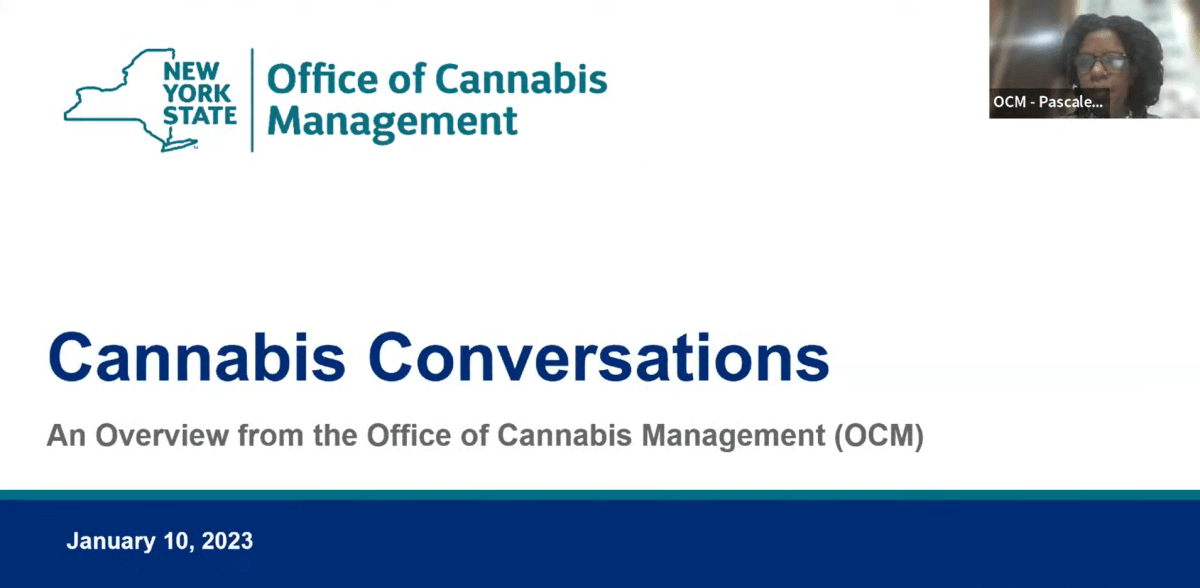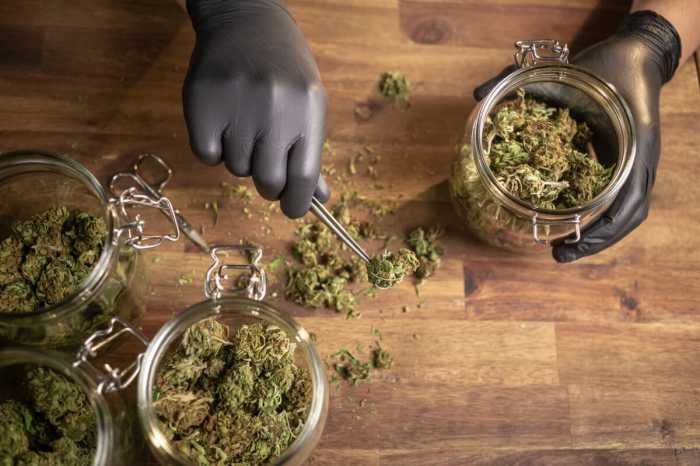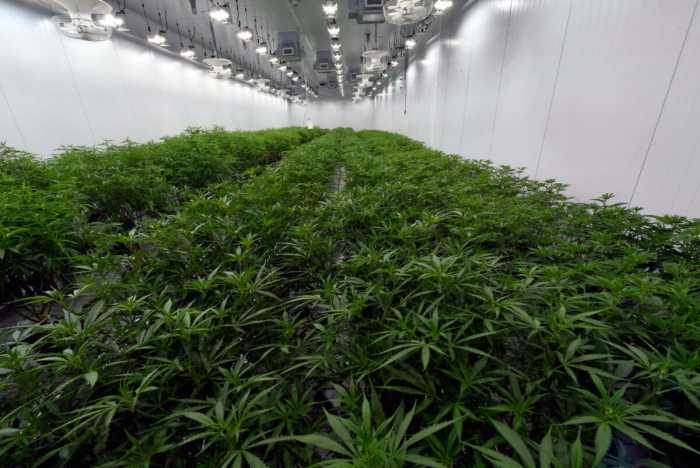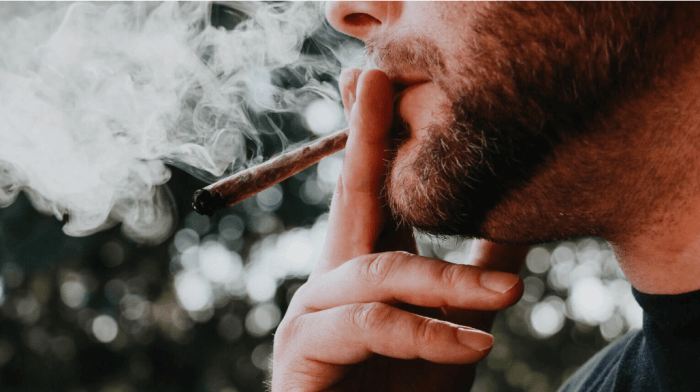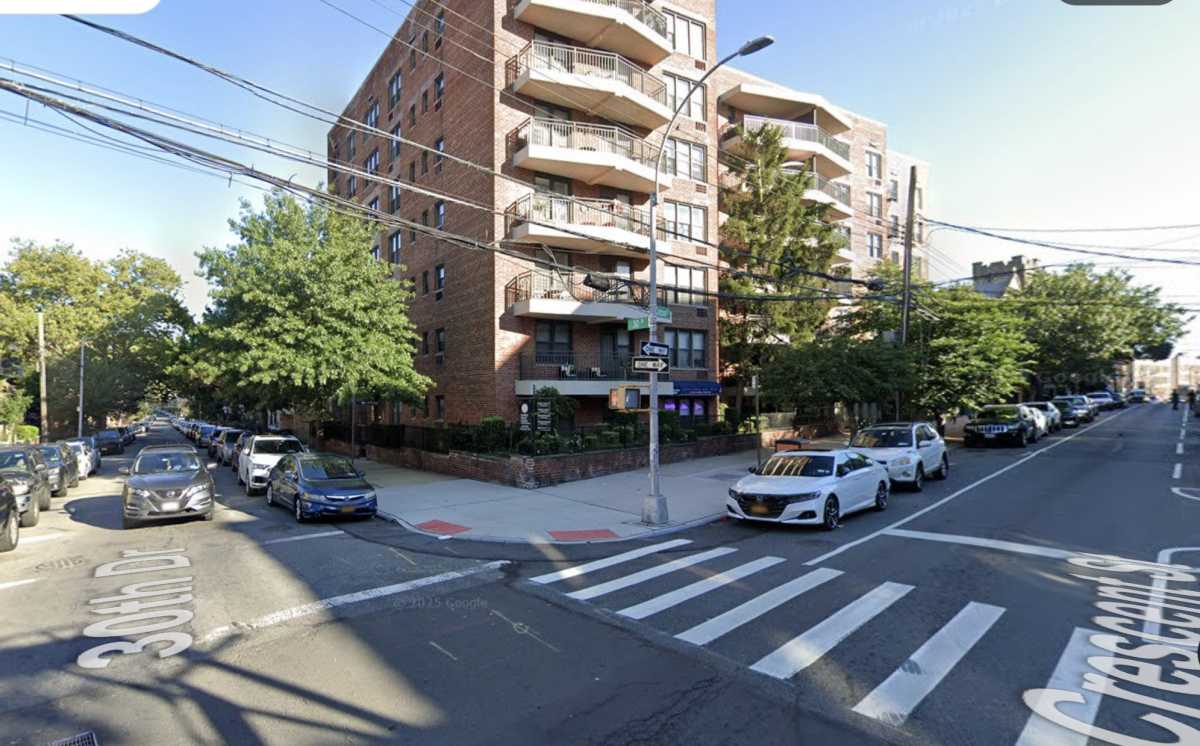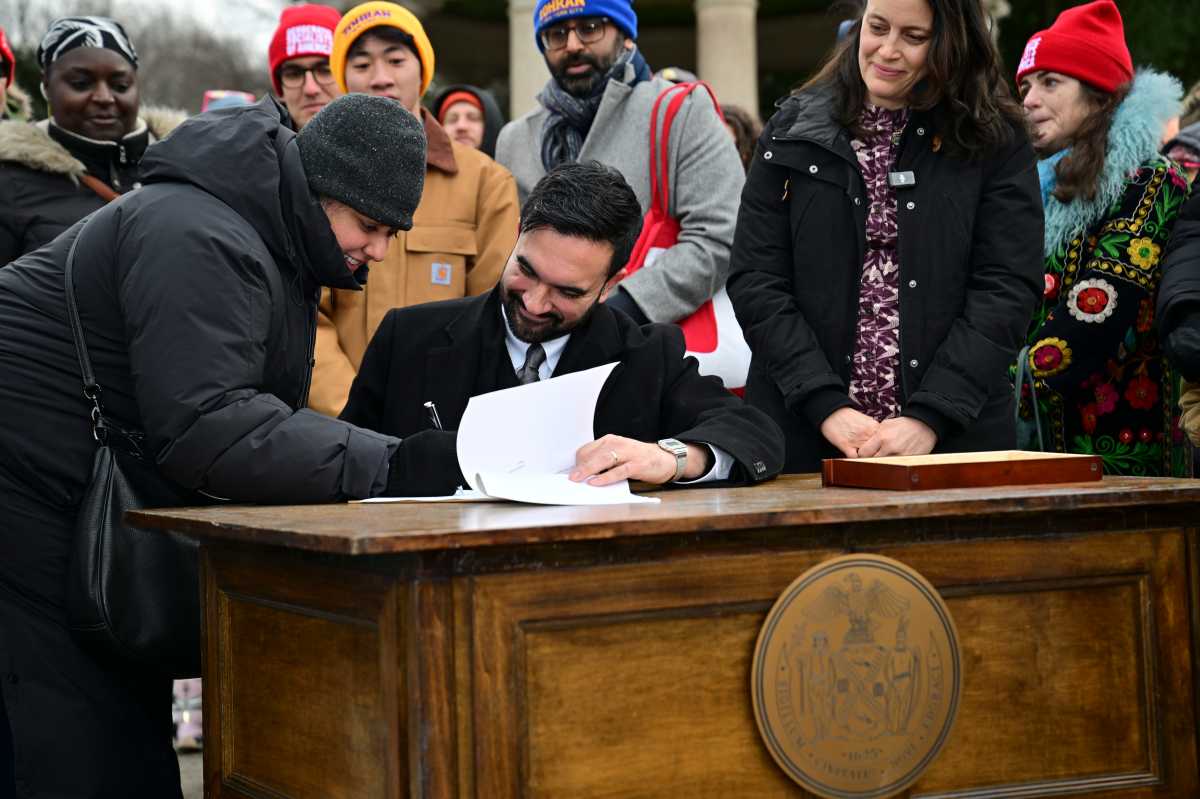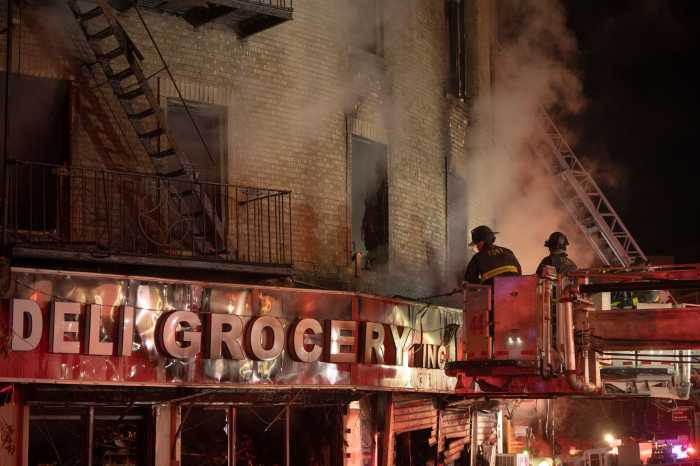The New York City Office of Cannabis Management (OCM) made a presentation Tuesday, Jan. 10, to the Queens Borough Cabinet detailing the revenue made from marijuana sales in the borough, how to determine which businesses are eligible for a license and the actions taken to crack down on smoke shops selling cannabis without the proper license.
OCM detailed the legal qualifications in New York when it comes to the sale of marijuana. Those buying it must be at least 21 years of age. The amount they purchase cannot exceed three ounces of cannabis flower or 24 grams of concentrated cannabis. Those who make the purchase are required to smoke the product only within the confines of their own home.
“We here at the OCM oversee adult use recreational cannabis, medical cannabis and the state’s hemp program,” OCM representative Pascale Bernard said. “When the Marijuana Regulation and Taxation Act (MRTA) was signed into law, social justice and economic injustice was a big part of it. It automatically expunged records for people with cannabis arrests and convictions. Forty percent of the monies from the revenues of adult use cannabis will be invested in communities that were disproportionately impacted by the war on drugs and the MRTA sets the goal of 50% of all adult-use licenses going to social and economic equity applicants.”
Bernard also detailed the THC per mg tax for marijuana sales and how it’ll work. According to the OCM, the THC tax can help attract low-potency products to consumers by making the tax higher for high-potency products. This could help to better achieve public health goals. Under this tax, there would be a 3-cent per mg tax for THC edibles, 5-cent per mg tax for THC cannabis flower and 8-cent per mg tax for THC concentrate. Additionally, there would be a 9% state excise tax on the sale of cannabis products by a retailer and a 4% local excise tax rate at retail price.
Revenue received by the state will be divided into education, community grant reinvestment and drug treatment and public education on the subject. Education and community grant reinvestments will each receive 40% while drug treatment will get the final 20%.
In addition to revenue, adult-use licenses were also discussed. These included adult-use conditional cultivator, adult-use conditional processor and adult-use retail dispensary (CAURD) licenses. People applying for them must have experience owning and operating qualified businesses.
According to Phil Rumsey of OCM, the office has taken steps to address the illicit sale of marijuana. In addition to sending out cease-and-desist letters to suspected illicit retailers, OCM enforcement staff also work on a daily basis to identify locations where these products are being sold without the proper licenses. They conduct investigations of all referrals before coordinating possible actions with law enforcement.
“Our enforcement division has been conducting investigations into brick-and-mortar locations that have been identified to OCM,” Rumsey said. “The enforcement division is constantly talking with local law enforcement and local district attorneys about what can be done in order to crack down on these brick-and-mortar locations. We are continuing to build up and build out our enforcement division. As we’re doing so, they’re continuing to visit the illicit sites, they’re issuing more cease-and-desist letters and doing spot checks on stores and assisting local law enforcement in their activities.”
Existing laws like building or zoning codes have been the main methods used to crack down on brick-and-mortar locations. Brick-and-mortar locations that have been identified as illegally selling cannabis have been punished through methods like not allowing them to collect sales tax and notifying the owner of the building about the tenant’s illegal activity. OCM recommends people who identify stores illegally selling cannabis reach out to them via email at complaints@ocm.ny.gov.
While it is currently illegal for New Yorkers to grow cannabis at home, it will become legal for those 21 or older 18 months after the first dispensary opens. However, there will be a limit of no more than six plants for personal use and 12 per household. As of Oct. 5, medical patients have been allowed to grow cannabis if they are registered with the medical cannabis program.
Steps are already being taken in order to address concerns about the potential of oversaturation of dispensaries. MRTA states these dispensaries must be at least 200 feet away from places of worship like churches and at least 500 feet from school grounds. OCM also stated there will be a minimum of a 1,000-foot radius between dispensaries.
“That’s a primary way that we’re making sure these things are not saturated,” Rumsey said. “It doesn’t do anyone any good, if you’re in the most urban part of the state or the most rural part of the state, to have oversaturation in anyone’s community. If that happens, it’s not good for the growers, it’s not good for the processors and it’s certainly not good for the dispensaries. They will cannibalize themselves in the marketplace.”

